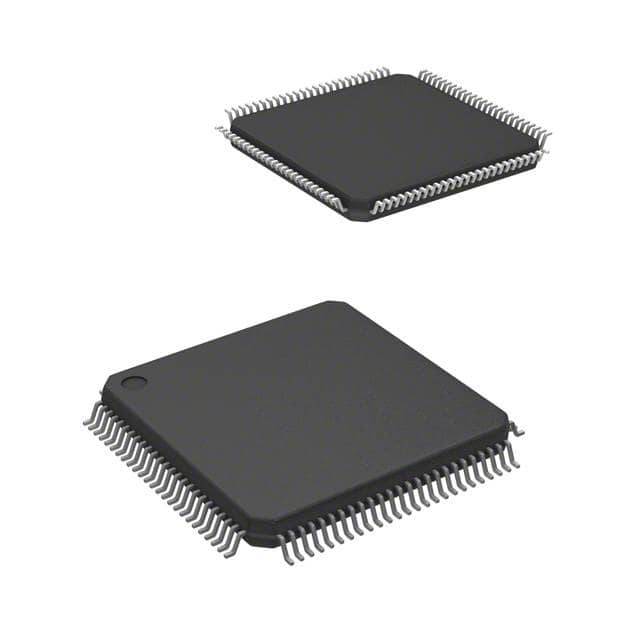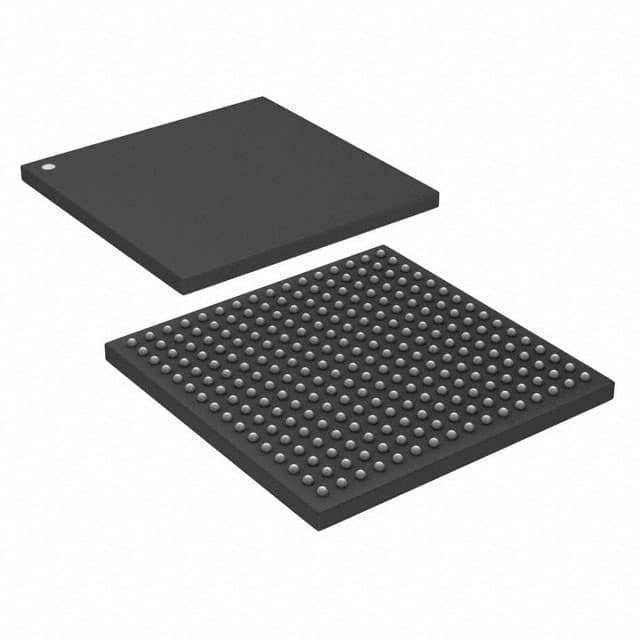DS21448L+ Product Introduction:
Maxim Integrated Part Number DS21448L+(Interface - Telecom), developed and manufactured by Maxim Integrated, distributed globally by Jinftry. We distribute various electronic components from world-renowned brands and provide one-stop services, making us a trusted global electronic component distributor.
DS21448L+ is one of the part numbers distributed by Jinftry, and you can learn about its specifications/configurations, package/case, Datasheet, and other information here. Electronic components are affected by supply and demand, and prices fluctuate frequently. If you have a demand, please do not hesitate to send us an RFQ or email us immediately sales@jinftry.com Please inquire about the real-time unit price, Data Code, Lead time, payment terms, and any other information you would like to know. We will do our best to provide you with a quotation and reply as soon as possible.
Introducing the Maxim Integrated DS21448L+, the ultimate solution for high-performance data acquisition and signal processing applications. This advanced device combines the power of a 48-channel analog-to-digital converter (ADC) with a flexible digital signal processor (DSP), providing unparalleled performance and versatility.
The DS21448L+ boasts an impressive 16-bit resolution and a sampling rate of up to 1.25 MSPS per channel, ensuring accurate and precise data acquisition. With its low power consumption and high-speed operation, this device is ideal for a wide range of applications, including industrial automation, medical instrumentation, and scientific research.
One of the standout features of the DS21448L+ is its integrated DSP, which allows for real-time signal processing and analysis. This enables users to perform complex algorithms and calculations directly on the device, eliminating the need for external processing units. Additionally, the DSP supports a variety of digital filters and functions, providing users with the flexibility to customize their signal processing algorithms to suit their specific needs.
The DS21448L+ also offers a comprehensive set of communication interfaces, including SPI, I2C, and UART, making it easy to integrate into existing systems. Furthermore, its compact size and robust design ensure reliable operation in even the harshest environments.
In summary, the Maxim Integrated DS21448L+ is a game-changer in the field of data acquisition and signal processing. With its high-performance ADC, integrated DSP, and versatile communication interfaces, this device is the perfect choice for demanding applications in various industries.
Interface - Telecom is an integrated circuit specifically designed to achieve signal conversion and protocol adaptation between different devices in communication networks. This type of interface typically integrates multiple communication standards and interface protocols, such as PSTN (Public Switched Telephone Network), ISDN (Integrated Services Digital Network), DSL (Digital User Line), GPON (Gigabit Passive Optical Network), etc., to facilitate seamless data transmission in complex telecommunications environments. The design principle of telecommunications interface chips is based on the understanding and implementation of telecommunications network protocol stacks. Through built-in hardware logic, they achieve functions such as signal encoding, decoding, synchronization, and error detection. Its characteristics include high reliability, low latency, wide compatibility, and adaptability to harsh environments, making it a key component in building modern communication infrastructure.
Application
Interface - Telecom plays a core role in the communication industry and is widely used in fixed and mobile communication networks, including but not limited to telephone switches, base stations, routers, modems, gateways, optical network units (ONUs), cable modem head end systems (CMTS), and other equipment. In these applications, the telecommunications interface is responsible for processing the conversion between analog and digital signals, supporting the transmission of various services such as voice, data, and video. In addition, with the development of the Internet of Things (IoT), 5G technology and edge computing, telecommunications interfaces are increasingly integrated into smart grids, smart cities, telemedicine, autonomous vehicles and industrial automation systems to provide stable, high-speed data connections and promote real-time information sharing and processing.
FAQ about Interface - Telecom
-
1. How are fiber optic interfaces used in telecommunication networks?
Fiber optic interfaces are used for high-speed, long-distance data transmission, and are especially suited for backbone networks and data centers in telecommunications infrastructures. Fiber optic transmission has higher bandwidth and lower signal loss compared to copper wires, making it suitable for high bandwidth and high stability telecom applications.
-
2. What is VoIP and how does it integrate with telecom interfaces?
VoIP (Voice over IP) transmits voice signals over the Internet Protocol, reducing the use of traditional telephone lines.VoIP devices are usually connected to the network via an Ethernet interface (RJ45) and need to be configured with the relevant protocols (e.g., SIP) to enable voice communications.
-
3. What are the main application scenarios for telecom interfaces?
Telecom interfaces are widely used in telephone systems, enterprise PBXs, broadband Internet, mobile base stations, data centers, and satellite communications to ensure that voice, video, and data are transmitted between different devices and networks.
 Lead free / RoHS Compliant
Lead free / RoHS Compliant




























